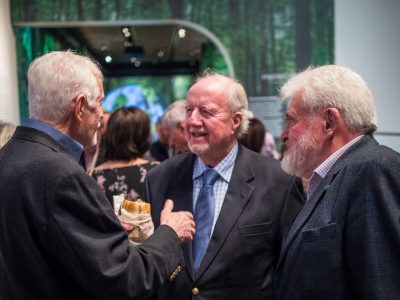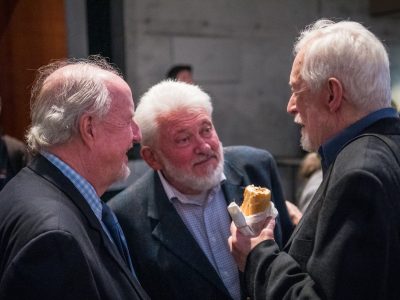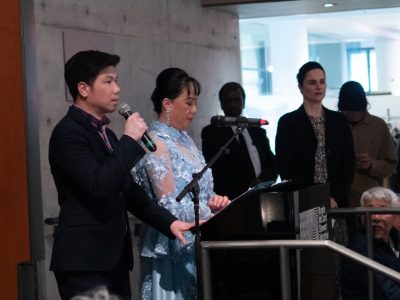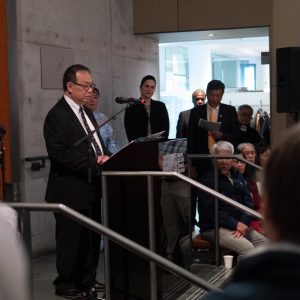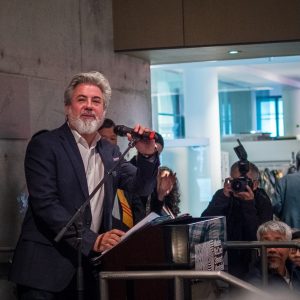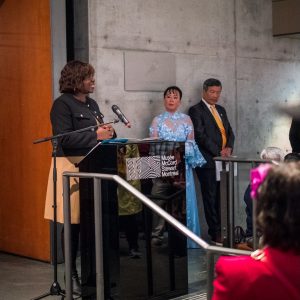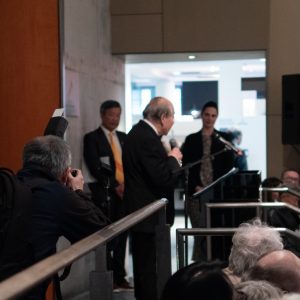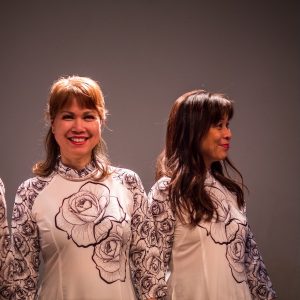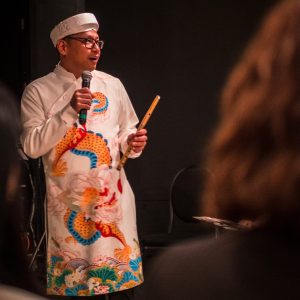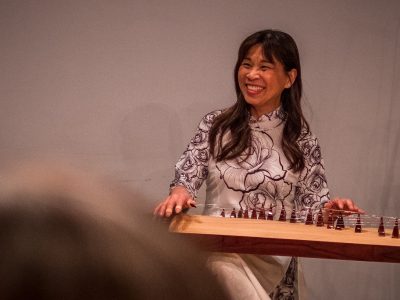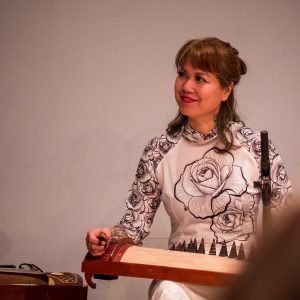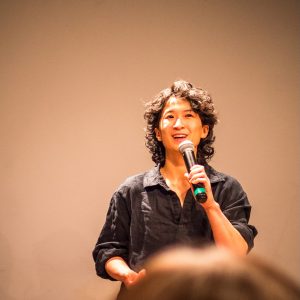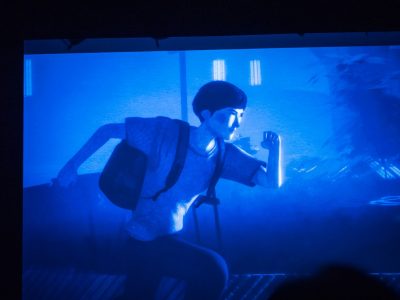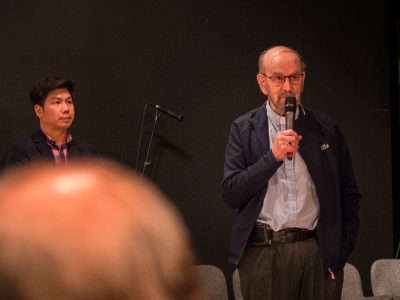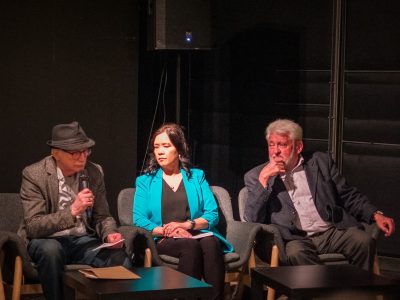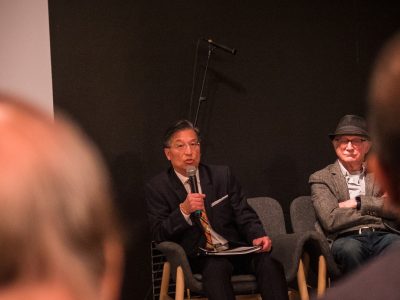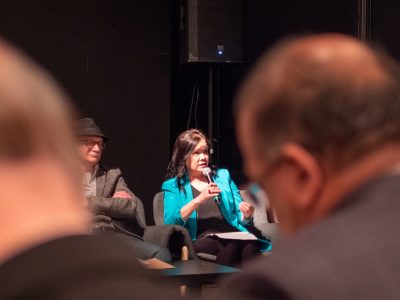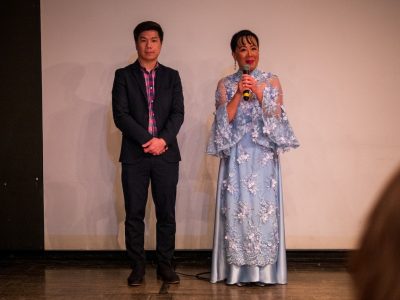I recently attended a poignant event at the McCord Stewart Museum in Montréal, which marked the 50th anniversary of the end of the U.S.–Vietnam War—an inflection point that remains significant not only in global geopolitics but also in the history of immigration and identity in Canada. The event brought together a multigenerational audience: members of Montréal’s Vietnamese community, refugees who arrived in the wake of the war, scholars, academics, students, local dignitaries, and members of the Canadian Immigration Historical Society (CIHS). Held within one of the city’s foremost institutions for cultural memory, the gathering underscored the enduring importance of remembrance as both a personal and collective act.
The evening unfolded with intention—not as a commemorative, nationalist exercise, nor as nostalgia, but as a reflective gathering that captured the layered experiences of individuals and communities shaped by war and displacement. The atmosphere was thoughtful, yet vibrant with the presence of those who shared histories of resilience and survival. As the evening drew to a close, a panel discussion offered rich, nuanced perspectives on the intersections of personal history, trauma, and the formation of diasporic identity in Canada. Particularly moving was the presence of those who had lived through the unfolding of these events, a reminder of the importance of documenting immigration stories with care—not merely as historical record, but as acts of recognition and understanding.
The evening began with a generous spread of food, rich in both flavour and significance, setting a tone of warmth and hospitality. Members of the Vietnamese community, alongside politicians and dignitaries, gathered in solidarity, creating a space where shared histories could be acknowledged and celebrated.
Live traditional Vietnamese music filled the space, weaving an elegiac thread through the evening that linked memory to continuity and grief to cultural expression. The music underscored the solemn yet celebratory tone of the event, honouring the community’s resilience and strength in the face of hardship.
A documentary, featuring archival CBC footage and interviews with Canadian immigration officials and survivors, provided crucial historical context. The film offered a sobering glimpse into the bureaucratic and public discourse surrounding Canada’s response to the refugee crisis, juxtaposed with the human stories of loss and dislocation. One particularly poignant segment included a photograph of a young Michael Molloy, taken during his work as an Immigration Officer on the ground fifty years ago, serving as a powerful emblem of Canada’s evolving humanitarian identity during this pivotal period in immigration history.
Equally resonant was a short animated film created by a young Canadian filmmaker—the grandchild of a migrant who fled Vietnam. Drawing from their family’s experience, the film used stark symbolism and visual metaphor to convey the dislocations, terrors, and silences that followed the fall of Saigon. Haunting in its honesty, the animation offered an unflinching portrayal of state violence, resilience, and the quiet determination to rebuild. The poetic nature of the film transformed the unspeakable into something both shareable and sacred, ensuring that the memory of the tragedy would be preserved and passed on to future generations.
As a Canadian historian that studies liminal and boundary spaces defined through data, the event reinforced something fundamental to our collective identity: the quiet yet profound efforts of public servants and community leaders who, often unseen, shape the arc of memory and history. In many ways, the evening was a living archive—a convergence of memory and the moral duty to bear witness. The presence of those who fled war, alongside those born into the legacy of exile, reminded all in attendance that history is not defined by treaties or agreements or data alone. It is carried forward in the everyday acts of preservation: through photographs, music, stories passed down, and gatherings like this one, where the past is not merely remembered but consciously reassembled into a shared Canadian narrative.



